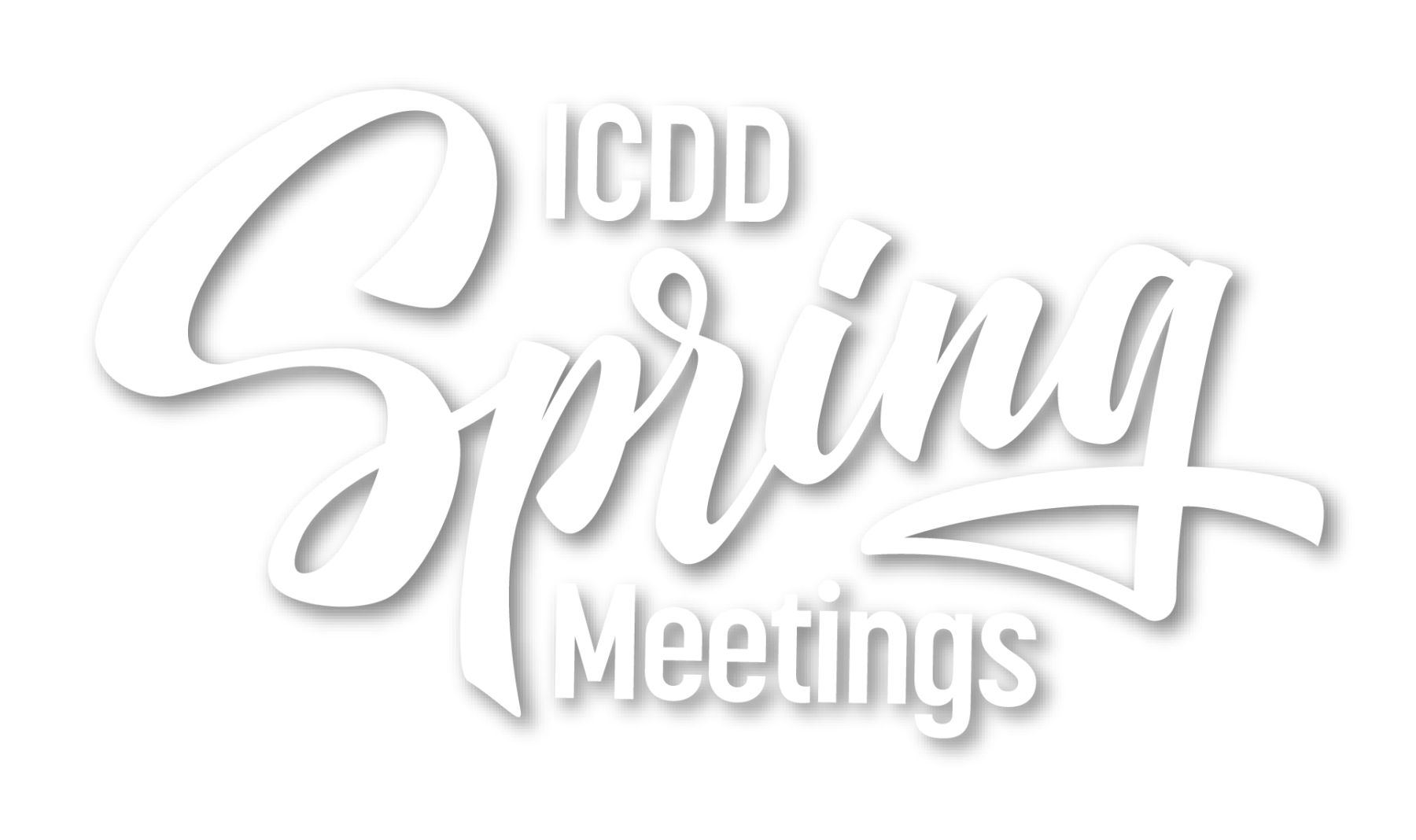
The Annual ICDD Spring Meetings
Monday, 11 March – Friday, 15 March 2024
ICDD Headquarters, Newtown Square, PA, USA
A Hybrid Event
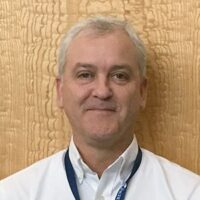
Tom Blanton
ICDD Executive Director
2024 INTERNATIONAL CENTRE FOR DIFFRACTION DATA SPRING MEETINGS
A message from the Executive Director
In keeping with the mission of the ICDD, we will continue with our format of exchanging ideas and information by augmenting our typical committee and subcommittee meetings and by hosting a Plenary Session, social event, and Poster Session on Tuesday,12 March 2024.
Committees, Subcommittees and Task Groups will meet in accordance with the meeting schedule. For the Poster Session, ICDD is soliciting poster presentations and its electronic abstract for this event. You are welcome to present a poster relating to allaspects of X-ray analysis or work relating to ICDD. Learn more in the Members Only area. Please contact Denise Zulli at zulli@icdd.com if you need a password reminder.
The Best Western Plus Concordville Hotel has been selected as the Host Hotel.
We look forward to your attendance and participation at the meetings.
Tom Blanton
ICDD Executive Director
In Pennsylvania, at 2 am on 10 March 2024, clocks will be forwarded one hour, marking the beginning of Eastern Daylight Time (EDT).
Save the Date!
Dear ICDD Members:
Please join us the week of 11 – 15 March 2024 for the Annual ICDD Spring Meetings – a hybrid event. In general, the week will follow the traditional format:
Monday – Committees of the Board and the Board of Directors
Tuesday – Plenary Session, social event and dinner
Wednesday – Technical Subcommittees
Thursday – Technical Committee Meeting and Annual Meeting of the Membership
Friday – Board of Directors
General information regarding the meeting schedule, agendas, plenary speakers and host hotel will be posted on ICDD’s website soon. For those who are unable to travel to ICDD, the Zoom platform will be used for virtual participation.
We are looking forward to a great Spring Meeting! See you at ICDD Headquarters or on Zoom!
Denise Zulli, Corporate Secretary
on behalf of the Staff of ICDD
The Technical Committee Chair, Robert Dinnebier, encourages members to submit posters or displays for the poster session. The Poster Session and cocktail hour will be 5:30 – 6:30 pm on 12 March 2024 at Best Western Concordville.
Abstracts
Guidelines for Preparing Abstracts:
Abstracts will be accessible on the ICDD website. If you do not want your abstract posted, please note your request in your email when you submit it.
Abstracts must not exceed one page in length and must include the title, author(s), affiliation(s), and the text. To provide uniformity, it is recommended that abstracts be prepared in Microsoft® Word, according to the following guidelines:
Abstract Format
- Paper Size: 8.5 x 11 inches; A4 paper must be formatted for 8.5 x 11 inches
- Size: Entire abstract, including title, author(s), affiliations(s), and text, must fit on one 8.5 x 11” page. Please allow a top margin of 1.5” and 1” margins on all other sides
- Font: Times or Times New Roman, 12 point
- Title: bold, centered, all uppercase (except where lowercase letters are needed for clarity)
- Text:
- Should appear flush left; do not indent
- Leave one blank line between the title and the author(s)
- Author and affiliation, mixed upper and lowercase, centered; if there is more than one author, underline the presenting author’s name
- Leave two blank lines before beginning text
- A blank line is recommended between new paragraphs
- Use line spacing sufficiently large enough to allow the abstract to be read easily, including subscripts, superscripts, and Greek letters
Submission
The preferred method of submitting your abstracts is in a PDF format via this ICDD submission form (closed).
However, if you require an alternate method, please contact Elizabeth Dempsey –
Email: dempsey@icdd.com or Tel: +610-325-9814.
Abstracts should be submitted no later than 27 February 2024.
Posters
Poster Session Information:
The Technical Committee Chair, Robert Dinnebier, encourages members to submit posters or displays for the poster session.
Poster Guidelines
Poster boards are 40 inches high, 60 inches wide, and about 1/4 inch thick, comprised of foam board. Pins will be available to attach your poster to the foam boards. Please post your presentations approximately 15 minutes prior to the start of the session.
E-POSTERS
In addition to the traditional poster session on Tuesday evening, poster presenters are invited to submit an electronic file of their poster for viewing at ICDD headquarters throughout meeting week. An e-Poster station will be positioned in the front lobby of the ICDD building giving members the opportunity to thoroughly study the poster presentations.
The following are guidelines for formatting and submitting your e-Poster to ICDD:
E-POSTER FORMAT:
- Your poster file must be in full landscape format and be one page only.
- Create your poster in PowerPoint (or equivalent).
- Title: Bold, Center, Mixed upper and lower case.
- Author(s), Affiliation(s), and Contact Author email Address: Center directly under Title. Leave one blank line after the
- Contact Author’s email Address before beginning text of poster.
- It is strongly recommended to use a 16:9 aspect ratio (widescreen), with a simple and clear typeface (Arial, Arial black, Calibri…) and regular text size not less than 28 for the body of the different sections (depending on the amount of data you will be adding and the design you are using). Try to avoid the use of red or green in fonts or backgrounds, as they are colors that are difficult to read.
- Images/pictures or graphs, the suggested minimum resolution is 300 dpi. To check that they appear correctly on the final/printed version, zoom in at 100% and check the images, pictures and graphs. It is better to use high quality images/graphs when creating the poster and then convert it to PDF.
- Provide clear labels or headings for each section of your presentation to avoid confusion.
- Convert to PDF format
- PDF file cannot exceed 10MB
- Email the PDF as an attachment to Elizabeth Dempsey (dempsey@icdd.com) by 4 March 2024.
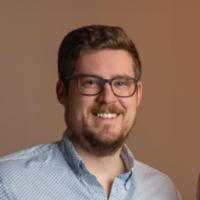
Dr. Travis A. Olds
Carnegie Museum of
Natural History,
Pittsburgh, PA, USA
Presentation Time:
9:05 am – 9:40 am
Abstract Title: New Data for Undescribed Uranyl Minerals Supporting the CURIES Database
Dr. Travis Olds received his Ph.D. in uranium mineralogy and crystallography from the University of Notre Dame in 2017. Olds was a Post-Doctoral Research Associate at Washington State University from 2017 to 2019, where he investigated the structure and spectroscopy of simulated nuclear fuel. He is the Assistant Curator of Minerals at the Carnegie Museum of Natural History in Pittsburgh, PA, and Treasurer of the International Mineralogical Association since 2020. Dr. Olds’ research is focused on the descriptive mineralogy and crystal chemistry of secondary minerals and hexavalent uranium. He has been involved in the description of thirty new minerals, of which twenty-four contain uranium.
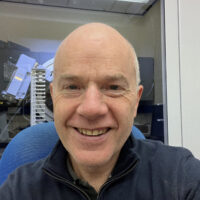
Dr. Stephen Hillier
James Hutton Institute,
Aberdeen, Scotland, UK
Presentation Time:
9:40 am – 10:15 am
Abstract Title: A Tale of Two Halloysites
Dr. Steve Hillier is a clay mineralogist working in the Environment and Biochemical Sciences (EBS) department at The James Hutton Institute. He specialises in the identification and quantification of clay minerals in soils, sediments, sedimentary rocks and hydrothermal alterations and in determining their origins and their relationships to properties. In 2008, 2018, and 2022 he was awarded The Clay Minerals Society ‘Reynolds Cup’ for excellence in quantitative clay mineralogy. He has worked on all types of clay minerals and materials, primarily making use of X-ray diffraction (XRD) with some of his most recent publications focused on vermiculite and on nano tubular halloysite (HNT’s). Since 2013 he is a visiting professor in the Department of Soil and Environment at the Swedish University of Agricultural Sciences, Uppsala. He was Chair the scientific and organising committee for Euroclay 2015, the international meeting of the European Clay Groups Association (ECGA) which took place in Edinburgh and is presently Chair of the organising committee for the 18th International Clay Conference that will take place in Dublin in July 2025. In 2018 he was awarded the ‘Jackson’ mid-career award of The Clay Minerals Society and the ‘George Brown’ award of the Mineralogical Society. Between 2018-2022 he served as Chair of the International Union of Soil Science, Commission on Soil Mineralogy, and is currently Past President of The Clay Minerals Society. When not working on clays he is often found watching rugby matches.
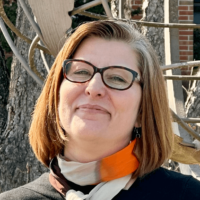
Dr. Anja Vieira Dosen
ICDD,
Newtown Square, PA, USA
Presentation Time:
10:45 – 11:20 am
Abstract Title: Characterization of Clay Minerals through X-ray Diffraction and Rigorous Data Curation
Dr. Anja Dosen is the Senior Scientific Editor and Database Supervisor at ICDD. Her major role is implementation of editorial tasks to ensure the quality and integrity of the Powder Diffraction File by reviewing crystal structures and X-ray diffraction patterns. Anja is a research scientist with more than fifteen years of research and teaching experience. Her research is interdisciplinary and includes mineralogy, crystallography, materials science, chemistry, and biogeochemistry investigations of clay minerals, black shales, and calcium-phosphate biominerals like brushite, monetite, and hydroxylapatite. Before joining the ICDD she was as a Senior Scientist at the Pontifical Catholic University of Rio de Janeiro, where she was in charge of the Laboratory for Thermal Analyses and Non-Ambient X-ray Diffraction. Anja is proficient in advanced characterization techniques including ambient and non-ambient in situ X-ray diffraction, thermal analyses (TG/DC), SEM/EDS, optical microscopy, MS, and XRF. Her research focused on the advanced characterization and development of zeolite-based catalysts, and materials with zero and negative thermal expansion.
Anja has published more than twenty publications in peer-reviewed journals and holds a Ph.D. from the Geology Department at the State University of New York at Buffalo.
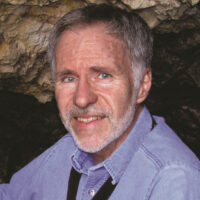
Dr. Anthony R. Kampf
Natural History Museum of Los Angeles County,
Los Angeles, CA, USA
Presentation Time:
11:20 – 11:55 am
Abstract Title: The Journey from an Unknown to a New Mineral
Dr. Anthony (Tony) R. Kampf discovered mineralogy and crystallography as an undergraduate chemistry major at the University of Illinois in Chicago. He received his B.S. in chemistry (1970) and his M.S. in mineralogy and crystallography (1972) from that institution, studying under Prof. Werner H. Baur. He continued his studies at the University of Chicago under the mentorship of the inimitable Prof. Paul Brian Moore who introduced Tony to the thrill of discovering and characterizing new minerals, using both classical and modern techniques. After receiving his Ph.D. in mineralogy and crystallography in 1976, Tony joined the staff of the Natural History Museum of Los Angeles County at the beginning of 1977. He has spent his entire 47-year professional career at the museum, serving more than 34 years as Curator (including 31 as head of the Mineral Sciences Department) and the past 13 years as Curator Emeritus. Tony has more than 530 publications and has authored the descriptions of more than 360 minerals. Since 2008, he has served as the U.S. delegate to the International Mineralogical Association’s Commission on New Minerals, Nomenclature and Classifications.
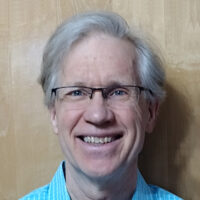
Keynote Speaker,
Dr. Paul R. Bartholomew
Quinnipiac University, Superb LLC, Hamden, CT, USA
Technical Committee Meeting
Thursday, 14 March 2024
9:30am – 12:30pm EDT
Collecting Reference Spectra for the ICDD Raman Database
Dr. Paul R. Bartholomew, Quinnipiac University, Superb LLC
Collecting reference Raman spectra for mineral identification begins with obtaining mineral samples and verifying their species identity and ends with obtaining high quality Raman spectra from them. After quantifying a geoscientist’s “likelihood of encountering” for each mineral species the 600 highest on this scale were targeted for the initial release of the ICDD Raman Database. The time to achieve this target was reduced considerably by manually curating out of the RRUFF database high quality Raman spectra from fully verified samples. Completion of this process left 250 of the top 600 to collect new Raman spectra for. Obtaining samples of these 250 specific species from major regional museums has been surprisingly challenging – primarily due to a) lack of museum resources to verify donated specimens, and b) redefinition of minerals by the IMA years after specimens were labeled. Structural verification is being accomplished via an SCXRD instrument operated in powder mode. Compositional verification is being accomplished with an electron microprobe via either EDS standardless quantitation or full WDS quantitation.
Before Raman spectra collection could begin decisions had to be made about laser wavelengths, spectral range, spectral resolution, and calibration standards. Data collection has had to constantly adapt to variations in signal strength, photoluminescent interference, laser damage, and crystallographic orientation – the latter often meaning that more than one spectrum would be collected from the same sample.
A review of progress achieved to date will be presented!
Dr. Bartholomew received his B.S. in geology from the University of Minnesota, after which he completed a field-based M.S. and an experimental Ph.D., both at the University of British Columbia. Following his graduate work, he managed geoscience analytical facilities, at SUNY Stony Brook and at Yale. Today he teaches Earth Science part-time at Quinnipiac University and serves as chief scientist for his own geoscience technologies company, Superb LLC. His research interests have explored the mineralogy of metamorphosed mineral deposits including the discovery of 2 new minerals which he named for his undergraduate mineralogy professor, Dr. Tibor Zoltai, and his graduate advisor, Dr. Hugh Greenwood. For the past 15 years, however, his research has increasingly focused on optimizing Raman spectroscopy for routine mineral identification with the objective of enabling Raman to become a universally adopted technology within the geoscience community. The products of this work include 3 patents for Raman technologies. He is presently working with ICDD to establish a Raman reference spectral library for routine mineral identification.
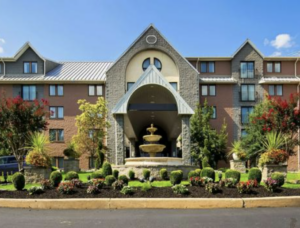
Hotel Information:
Best Western Plus Concordville Hotel
Hotel Address: 675 Conchester Highway, Glen Mills, Pennsylvania,19342, USA
Toll Free Phone Number (US & Canada): 1(800) 780-7234
Hotel Direct Phone Number: (610) 358-9400
Check-In: 4:00 pm Eastern Time
Check-Out: 11:00 am Eastern Time
Reservations can be made directly with the hotel, unless you require daily transportation service to and from ICDD using the hotel’s shuttle service. Guests requiring a hotel reservation AND shuttle service should contact Denise Zulli to make the reservation on their behalf: zulli@icdd.com.

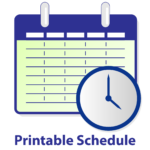
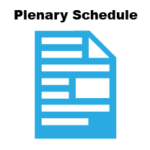
Social Event
Social Event
ICDD members, staff, and guests are invited to our 2024 Spring Meetings Social Event on 12 March 2024!
This year’s event will begin with a visit to the Wagner Free Institute of Science in Philadelphia, PA. The Wagner Free Institute of Science is a rare survival—a museum and educational institution that remains nearly unchanged from the nineteenth century in both the arrangement of its specimens and in its mission. The Institute was designated a National Historic Landmark by the United States Department of the Interior in December of 1990.
After a tour and talk at the Wager Free Institute, we will return to the newly refurbished Best Western Plus Concordville in Glen Mills, PA. The evening will begin with our poster session, where members and guests will enjoy wine and cheese, share knowledge, catch up with old friends, and meet new ones. At the conclusion of the poster session, join us for a buffet dinner and dessert in the Alexander Ballroom.
Schedule:
12:00 pm: Lunch at ICDD
1:00 pm: Depart ICDD
2:00 pm – 4:00 pm: Visit to the Wagner Free Institute of Science
4:00 pm: Depart WFI
5:30 – 6:30 pm: Poster session and cocktail hour at Best Western Concordville
6:30 pm – 8:00 pm: Dinner in Alexander Ballroom